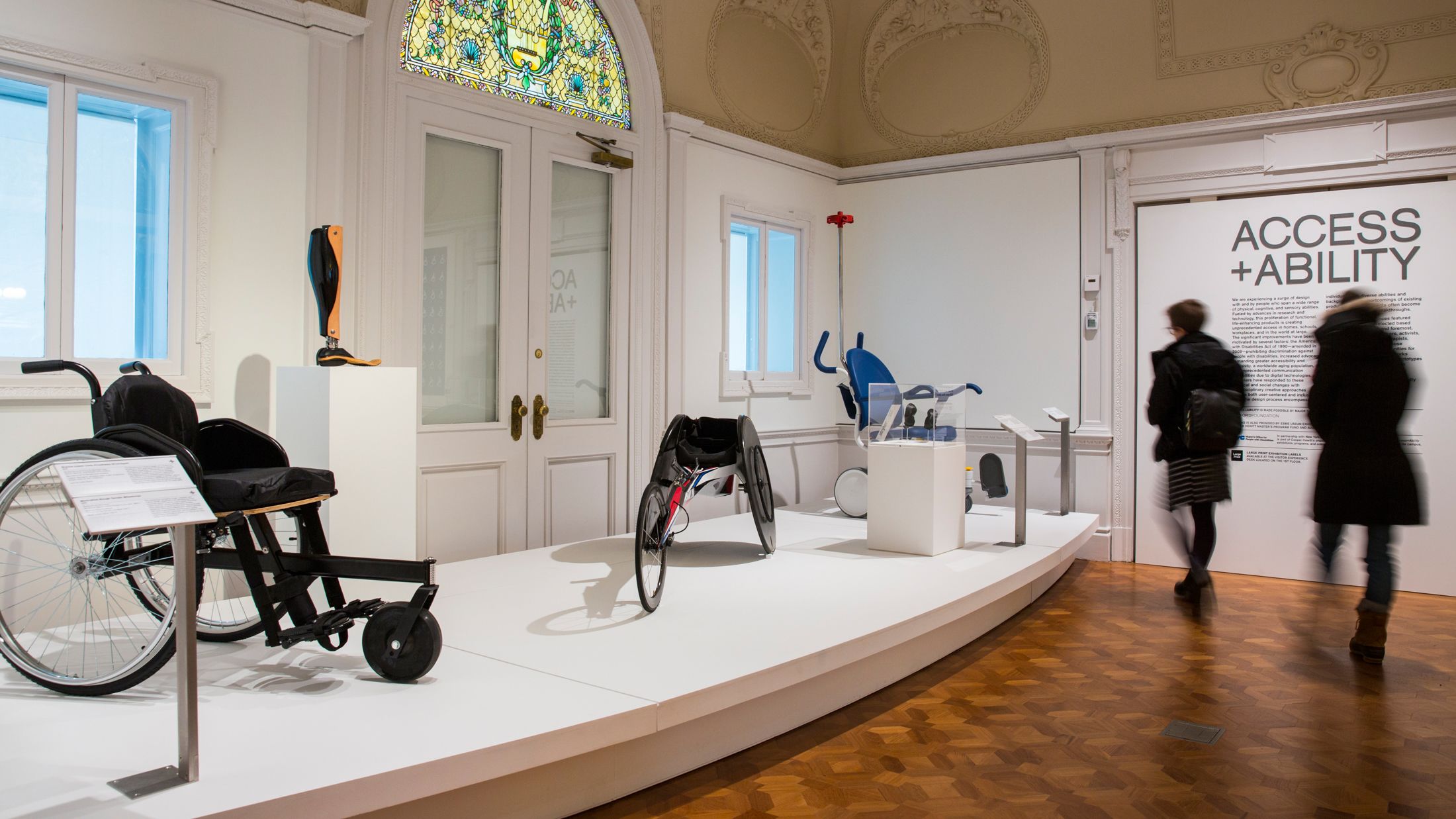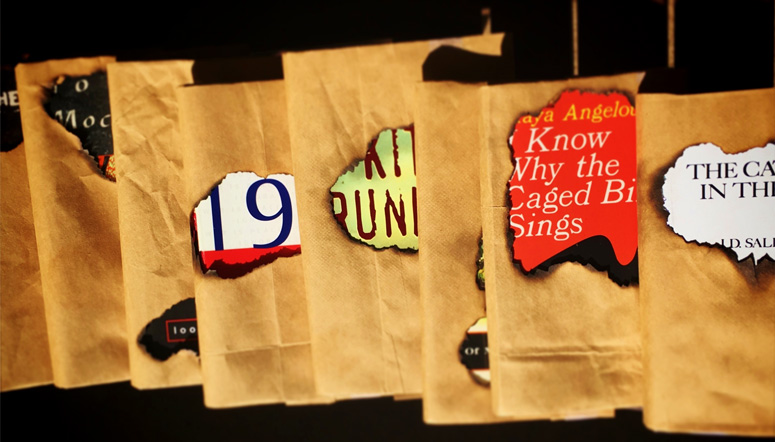Library Fines and Fees have been a standard practice for libraries. The fines were created to promote a behavior which encouraged timely returning of materials so that others would be able to enjoy them. However it is because of this standard practice that many people have a particular view of the library, that of fear and harsh treatment where if you don’t pay then they will hound you done like a loan shark. It is because of this that both children and adults have a common fear which prevents them from returning to the library.
Fines are not only an issue for the stereotyping of the library in the eye of the public, but is also a hassle for the staff. For example according to Dixon & Gillis in their article Doing Fine(s)? | Fines & Fees they discuss how the collection and enforcment of fines is a stressful task as the vast majority of libraries train their staff in how to handle it, particularly in libraries serving over 100,000, where 98 percent of staff receive training, although 88 percent of staff in midsize libraries and 79 percent in smaller libraries receive training as well” (Dixon & Gillis 2017). While this statics proves that majority of the staff of various sized libraries is trained on handling fines, that is also another responsibility to handle among the many others that librarians have to do on a daily basis.

Source: The New Yorker
So is there a way to fix this? This is one solution that has grown in popularity which is for libraries to go fine-free. This has become a newer practice for many libraries, but is one that several have seen vast improvement overall. Going fine free has the benefits of lessening stress for both librarians and patrons as the collection and enforcement of fines would no longer be implemented. It would also benefit as it would build goodwill within the community. There would be less hostility between patron and librarian which is important to know as someone going into the information field.
There are those who will argue for fines to remain as it helps with revenue for the library space. This is very dependent on the size of the library. For example, the San Francisco Library which is one of the largest in the Bay Area and most well funded would have in total fines “about $300,000 a year, a tiny fraction of the library’s $138 million budget” (Stuhldreher 2019). In contrast, urban libraries or libraries in lower income areas will have higher numbers in fines which will in turn affect their budget more. It is in this case that creating fine-free libraries across the board can happen as that is not possible everywhere, not currently and not in 2009 as Sifton was writing his article.
Overall, the elemination of fines in the library would have a net positive for many libraries and speaking from personal experience many of the libraries in the three cities that intersect in the tri-valley have adopted this practice and have noticed an uptick in patronage because of it
https://x.com/mychal3ts/status/1752768207335915704?s=20
Works Cited:
Dixon, J. A., & Gillies, S. A. (2017, April 4). Doing Fine(s)? | Fines & Fees. Fordham Library News. https://ir.lawnet.fordham.edu/cgi/viewcontent.cgi?article=1011&context=staff_publications
Sifton, D. J. (2009). The Last Taboo: Abolishing Library Fines
Stuhldreher, A. (2019, February 28). Why California libraries are ditching fines on overdue materials. CalMatters. https://calmatters.org/education/2019/02/library-fines/









